|
Introduction of the artist:
LU Yang (China)
Born in Shanghai, China. Lives and works in Shanghai, China.
Selected
solo exhibitions: 2011 The Anatomy of Rage (Wrathful King Kong Core), UCCA,
Beijing; 2011 The Project of KRAFTTREMOR, Boers Li Gallery, Beijing; 2010 Lu
Yang Hell, Art Labor, Shanghai; 2010 Torturous Vision, input; output, Hongkong;
2009 The Power of Reinforcement, Zendai MOMA, Shanghai;
Selected group
exhibitions: 2012 It Takes Four Sorts, Taipei Fine Arts Museum, Taipei; 2011
Video Art in China – MADATAC, Reina Sofia Muesum, Madrid; 2011 Moving Image in
China:1988-2011, Minsheng Art Museum, Shanghai; 2011 In a Perfect World…,
Meulensteen Gallery, New York; 2010 Young Media Artists: China, Japan and Korea’
in INDAF 2010, Tomorrow City, Songdo, Incheon.
Introduction of works:
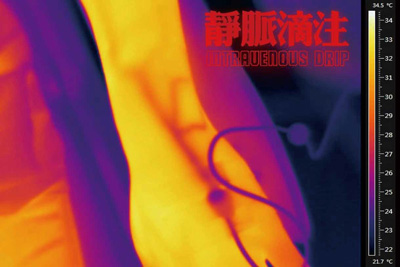
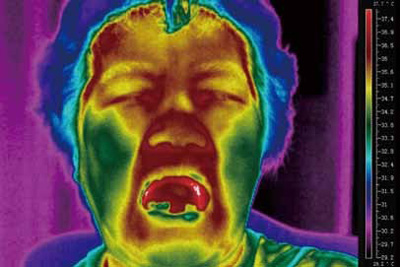
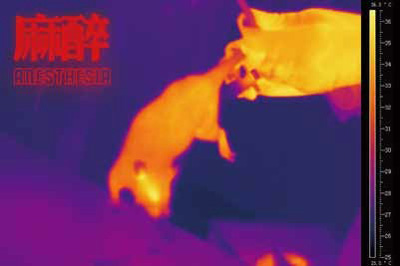
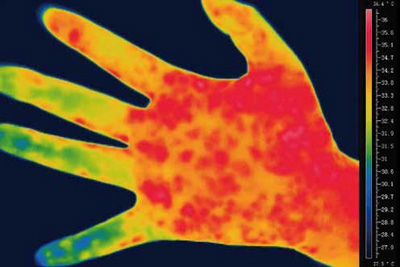
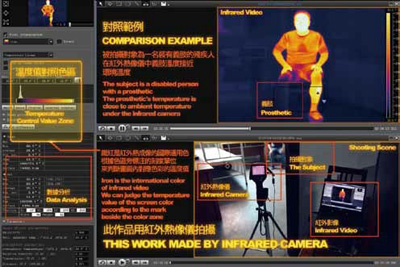
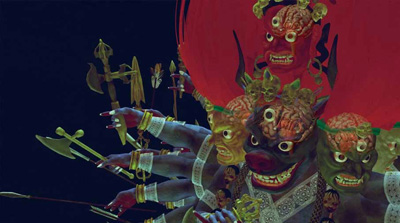
Using 3D animation, video projections, detailed schematics and medical
diagrams, Lu Yang blazes new trails between art and biological science. In the
Anatomy of Rage, she took a seemingly scientific approach to meet a religious
belief, where paradoxically, precise images, accurate data and rational analysis
manifest a particular kind of human mood, which is shapeless, weightless and
fugitive. In the artist’s own words, it is “a foolhardy attempt to superimpose
religious concepts of wrathful deities onto scientific theories of the brain’s
anger response mechanisms”.
In her most recent work, Lu Yang discovers a strange world through infrared
photography, which is an imaging technology to read and display the object based
on its thermal data. These ‘thermal images’ can present a different reality
compared to ‘photographic images’. In infrared photography, cooler parts of the
body disappear in the background, such as artificial limbs, false teeth, or even
a fingertip whose blood flow has been blocked for a while by an elastic band.
Also, it can observe thermal changes to the parts of the body affected when
either blood is taken or a saline drip is given intravenously. These infrared
videos are displayed on a series of oscilloscopes with full thermal diagrams, as
if in a biological laboratory, to respond to a projected MTV, in which human
beings and animals, the warm-blooded and cold-blooded and the alive and the
dead, are all similarly coded outside the visible world. Along with the screams
of the heavy metal music and the glary colours, they move, twitch and dance. The
artist presents her visual narrative about life – irrational but real, refined
but inherently violent and terrifying. Ironically, the thermally sensitive
technology has somehow arrested the images full of disease, deformity and
violence – a world without temperature. It does not only reveal the invisible,
but also reflects on the temporality of material lives and social and moral
boundaries.
| 
